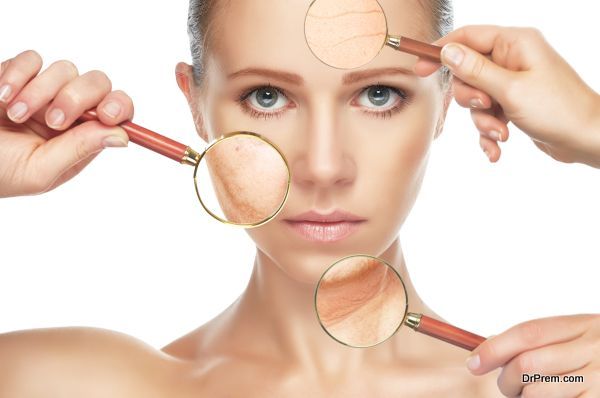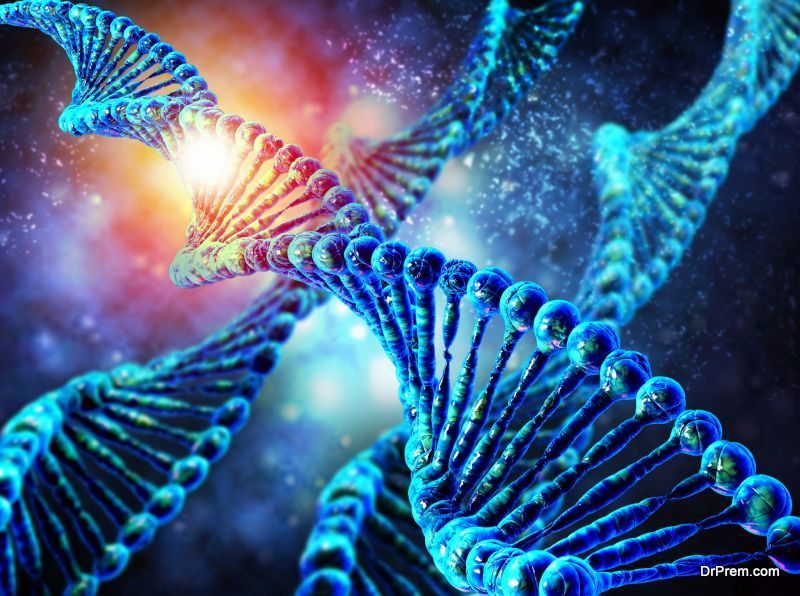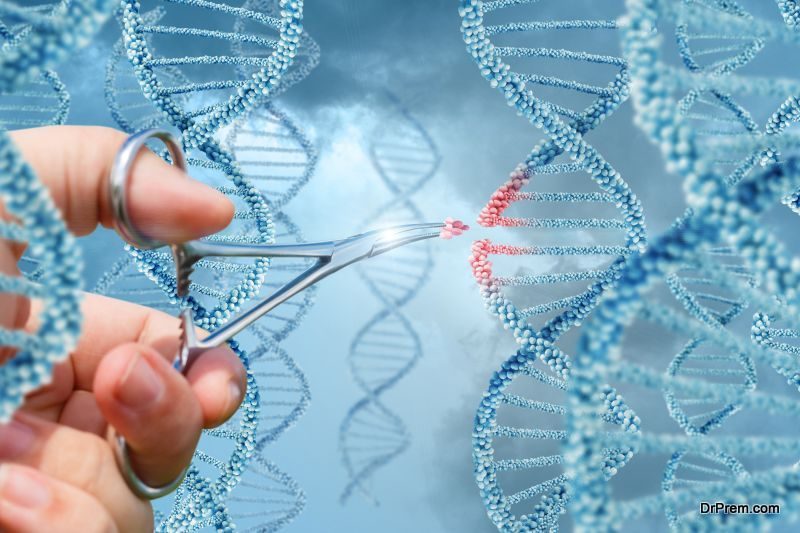The enzyme for youthful skin is the focus of modern day skin care research. Innovations in skin enzyme treatment and DNA repair enzyme for skin problems are set to change the anti-aging regimen altogether. Since long, scientists had tried a number of treatments, which included simulating the skin’s natural defense mechanism by replenishment of falling levels of collagen.
Creams loaded with amino acids and SPF have flooded the market to reverse sun damage to youthful skin. One has to accept that human beings are less fortunate than plants and animals, lacking a key enzyme in the body which can reverse sun damage. Now scientists and skin care experts are targeting the cellular constituents and genetic content to reverse the complex skin aging process.
Mitochondrial Complex II, the key enzyme for youthful skin:

Scientists at the Newcastle University, in a groundbreaking discovery, have discovered the enzyme Mitochondrial Complex II, which is responsible for maintaining our skin health. This vital enzyme for youthful skin resides inside the mitochondria and keeps our skin supple and glowing.
However, it undergoes depletion as we advance in age, which manifests in the form of sagging skin and wrinkle formation. The remedy for skin disorders would be to synthesize creams and lotions that would keep this enzyme mitochondrial complex II active. Once the cells get a fresh dose of rejuvenation, they will start delivering benefits to skin health.
Research efforts are underway to replenish this enzyme whenever a shortfall is encountered. Restoration of the enzyme is likely to reverse skin impairment caused by senile decay, the scientists held.
Mitochondria Complex II – Its underlying mechanism:

Mitochondria are the powerhouse of our cells. The scientists observed a marked decrease in the activity of a key metabolic enzyme in the mitochondria as we age. The cells get less active and produce less bio-energy. Instead, there is an increase of harmful free radicals.
Not only the skin, but also the mechanism by which the enzyme for youthful skin works can lead us to comprehend how other organs in our body would behave, as we grow old. This finding has enabled the researchers to identify a biomarker, which can be targeted in developing anti-aging treatments to replenish this reduced bio-energy.
The study was carried on 27 donors belonging to the age group of 6-72 years. Mitochondrial complex II samples were collected from their skin. Area of selection was those parts of the skin which were sheltered from exposure to sunlight.
The objective was to measure the activity of mitochondria complex II and observe if age played a role in it. The inference held that complex II enzyme activity slowed down with age. The cells contained a lesser amount of the enzyme, especially those which have stopped dividing.
DNA repair enzymes can undo past skin damage:

Research is also on with DNA repair enzymes for skin problems. They have the potential to activate the key metabolic enzymes of the cell and reverse skin damage. The Noble Prize-winning research on this gives a deeper understanding of the skin functions, promising newer skin care products targeting cellular therapy.
Skin damage or skin-aging is brought about DNA damage, a natural outcome of aging or when exposed to UV light and pollution. Relying too much on the SPF power of the sunscreen hoping to reverse sun damage for youthful skin would not meet the expected outcome.
Sun damage continues for 3-4 hours after exposure and sunscreens help only in winning half the battle. Even a stronger SPF would not help in reversing the past damage. Here DNA repair enzymes provide a concrete answer by undoing all the skin damage of the past and present.
DNA Renewal in modern skin care:

Dr. Ronald Moy, the lead research scientist, and dermatologist based in Beverly Hills, utilizes the DNA repair enzymes to fix skin damage. These enzymes act like seamstresses. They spot the damaged DNA, cut it off, and fix it with the undamaged DNA.
You need to start young:

We do have DNA repairing enzymes in our body, but they deplete with aging. The depletion rate is faster as we cross 30 years of age. So Dr. Moy suggests starting young before the aging signs show up. Even if your skin looks youthful at 30, it does not mean there is no underlying DNA damage, which would surface within a just few years in the form of spots and wrinkles.
We depend a lot on natural antioxidants to maintain youthful skin. But the time has come when we need to consider these newer approaches. The newly discovered enzyme for youthful skin no doubt has a better edge, considering its repairing ability. However, all the proven skin-care regimens will also not face a complete washout.


